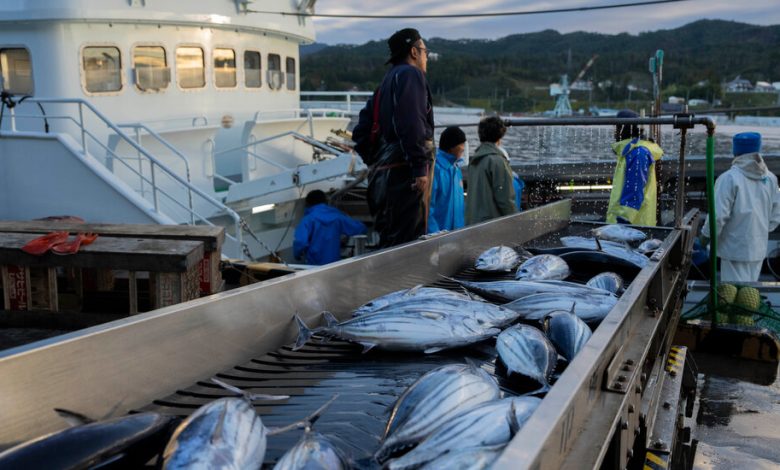Mercury Pollution Is Falling, but Not in Tuna. This Might Be Why.

In the 1960s and 1970s, the horrors of mercury poisoning in Japan and elsewhere shocked the world into curbing releases of the toxic metal. Since then, mercury pollution from human activities, like burning coal and mining, has declined in many parts of the world.
But when a team of French researchers analyzed thousands of tuna samples from 1971 to 2022, they found that mercury levels in the fish remained virtually unchanged.
That’s most likely because “legacy” mercury that has accumulated deep in the ocean is circulating into shallower depths where tuna swim and feed, the researchers posit in a study published this month in the journal Environmental Science & Technology Letters.
Using modeling, they predicted that, even with the most stringent mercury regulations, it would take an additional 10 to 25 years for mercury concentrations to start falling in the ocean. Drops in mercury in tuna would follow only decades after that.
The takeaway: The world’s fight to tame mercury pollution is far from over.
“Our study shows that we need to significantly cut emissions to even hope for a decrease in the next decades,” said David Point, an environmental chemist at the French National Research Institute for Sustainable Development and one of the authors of the new study.
Mercury is a naturally occurring element, but human activities like mining and burning fossil fuels cause the bulk of mercury pollution worldwide. From the air, it eventually settles, with much of it ending up in the oceans. Along the way, microorganisms convert mercury into a highly toxic form that builds up in fish and shellfish.




